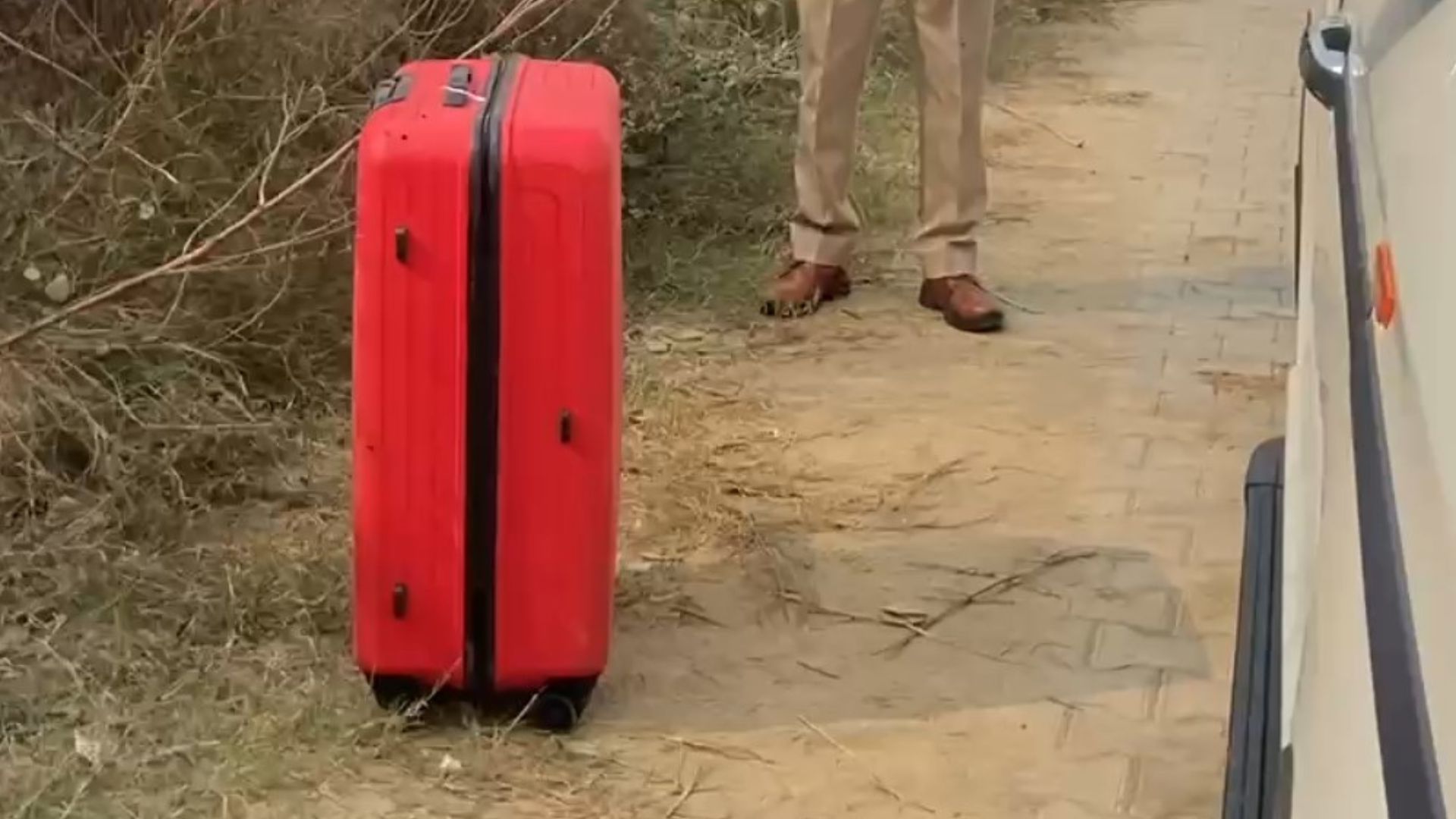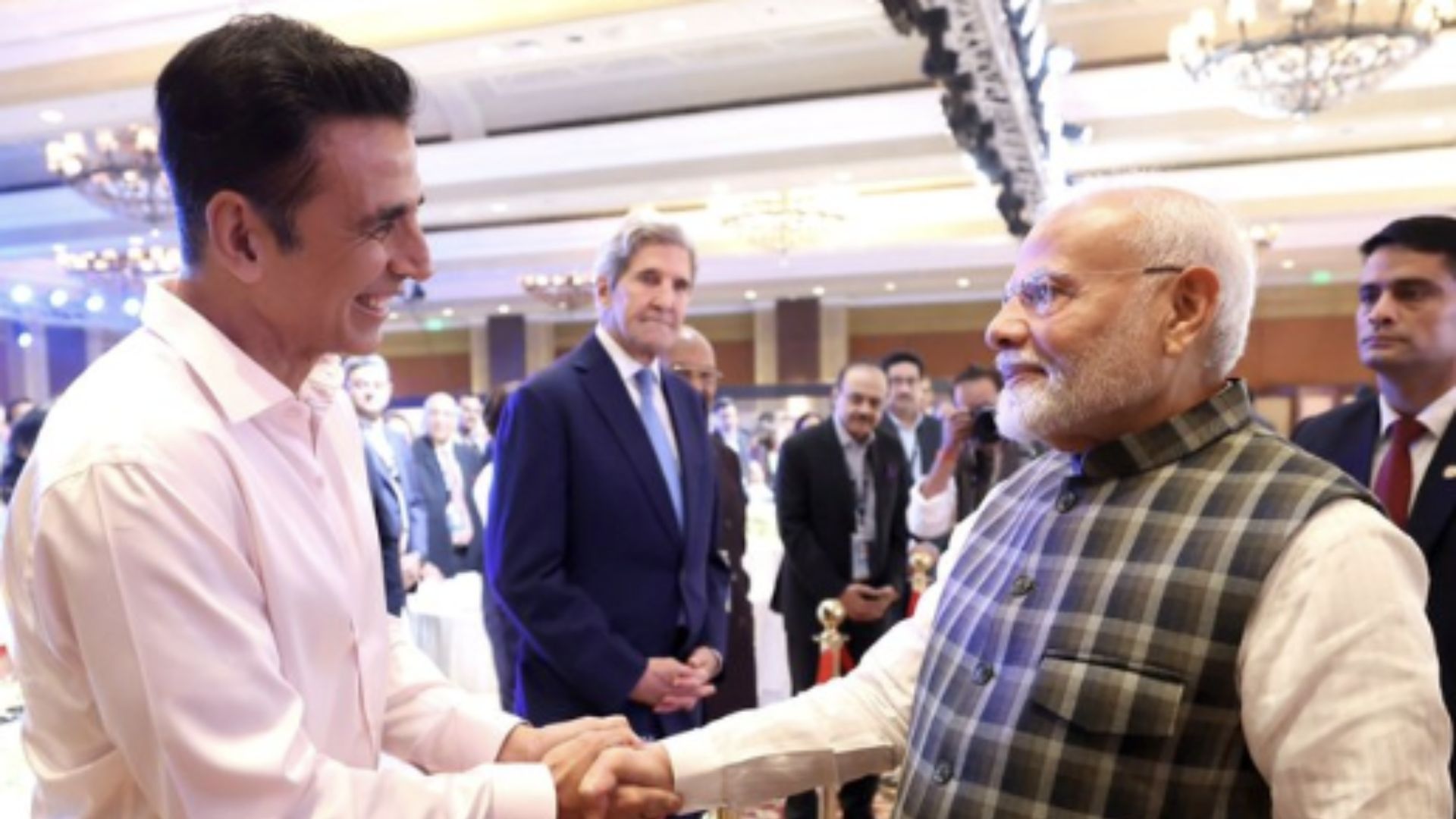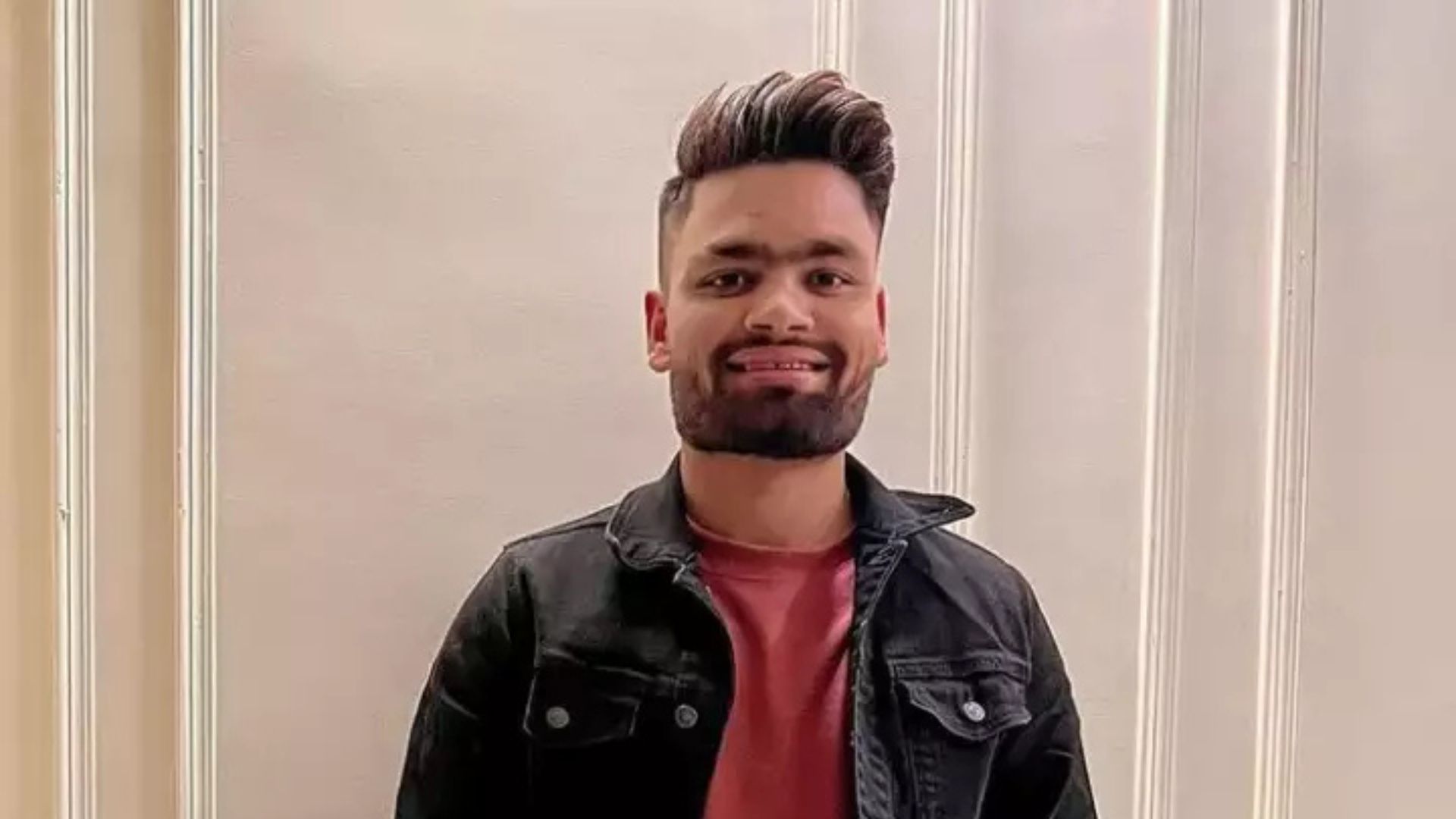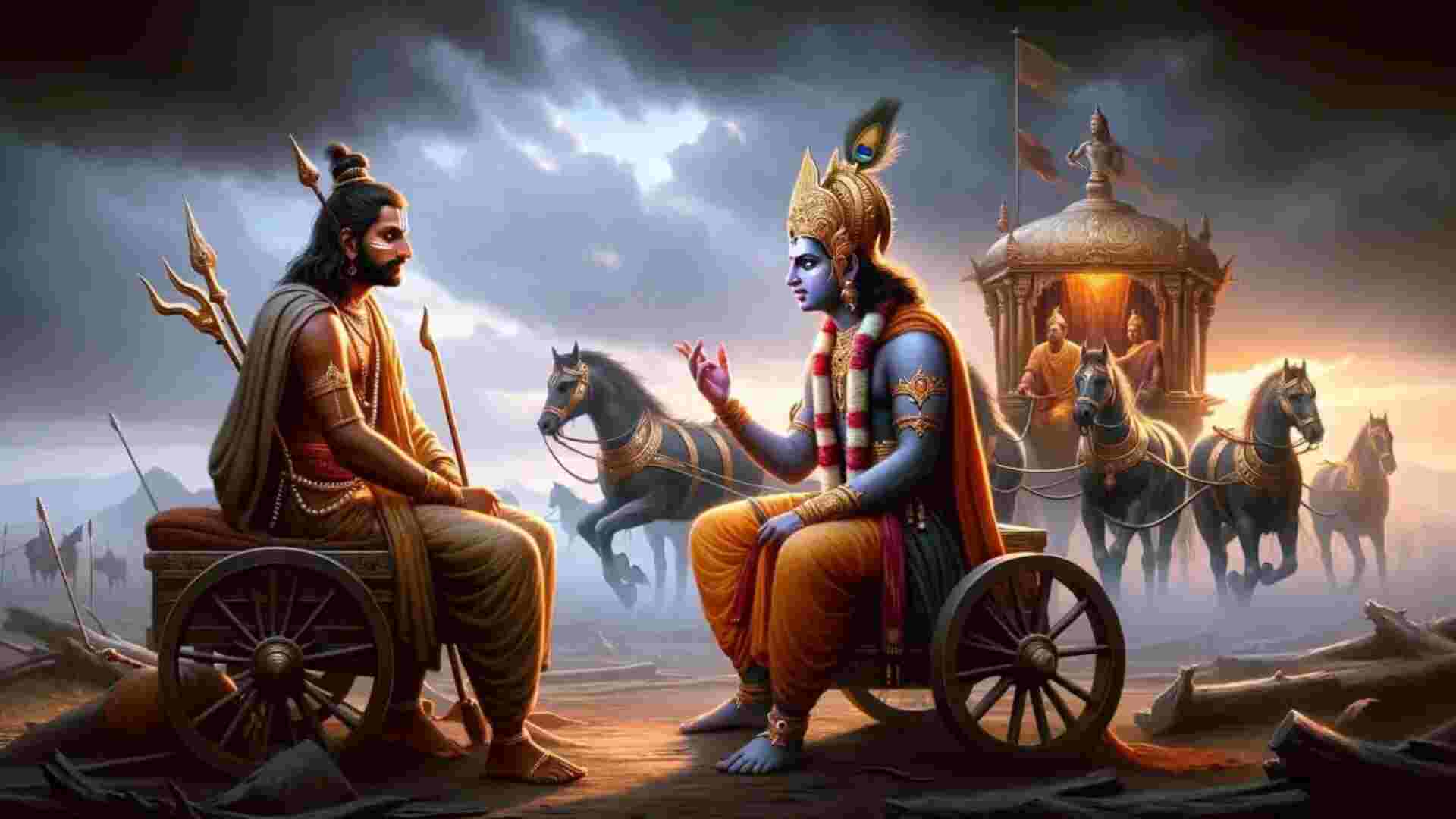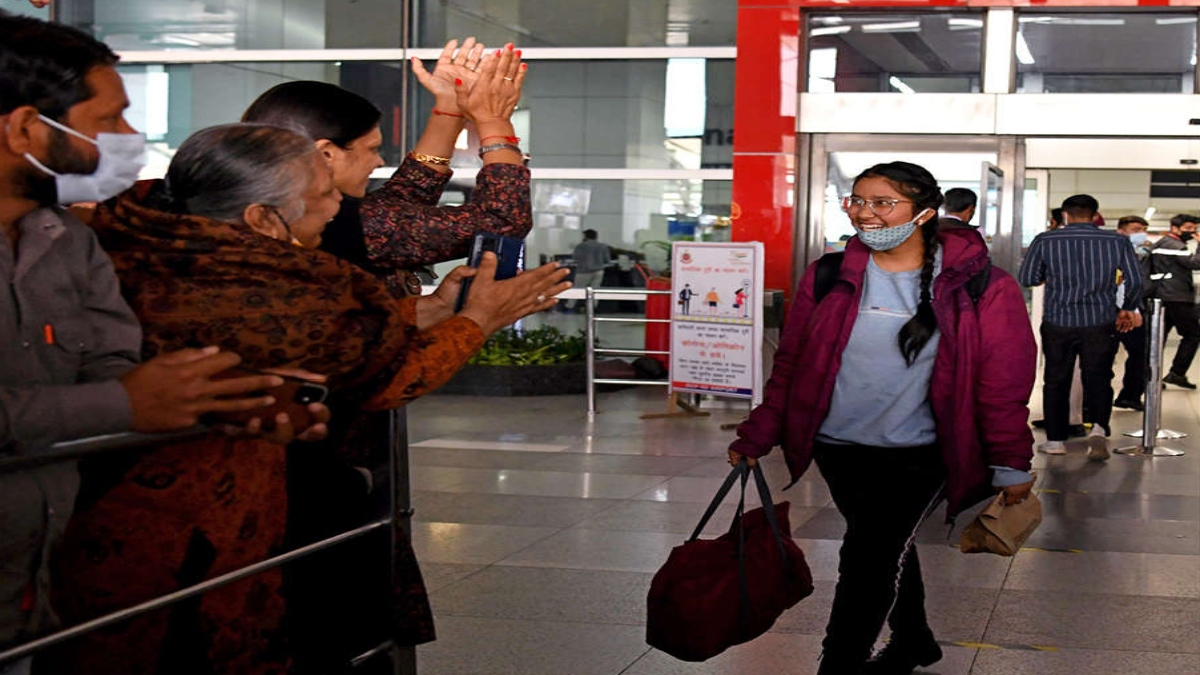
The greatest challenge before the Indian government after the successful completion of Operation Ganga which brought back thousands of Indian students stranded in Ukraine, after the breakout of hostilities, is going to be their rehabilitation.
The majority of students were pursuing medical courses and therefore could face the problem of admission back home. Medical education in Ukraine follows a curriculum that is different from that which is observed in Indian universities and medical colleges and thus there could be also different books that would have been prescribed for the undergraduate courses.
Moreover, the Medical Council of India and other monitoring bodies may not necessarily recognise the degrees or their courses that were attended by the students. In fact, medical education in our country is consistent with that of many western countries which have enabled young Indian doctors to go and perform exceedingly well in America and England for instance.
There was a time when it was stated that the entire British medical infrastructure would collapse if the Indian medical staff was to withdraw itself and return back home. This was the kind of dependence.
There should be no attempt to run down medical education imparted in Ukraine or Russia or any country of the erstwhile Soviet Union. They had their own medical excellence and in fact, Cuba which was heavily inspired by Moscow at one juncture continues to have outstanding medical facilities as well.
The issue is of compatibility of the syllabus and this is where the problem shall arise. Indian Universities have very high medical standards and may resist admitting the students coming in from Ukraine because they would have difficulties in adjusting them in accordance with the syllabus. Not that all medical colleges in India are up to the mark; many of the centres which exist on the basis of capitation fees or other considerations produce doctors who leave a lot to be desired.
There is a general view that medicine is one discipline where merit alone should be the consideration for admission since it deals with human life. But in a world that is run on commercial lines, a lot of other factors creep in.
The Indian government has to somehow come to the rescue of these students since they cannot be left in the lurch. There are precedents when the Centre has assisted students from not only our own country but also from others.
When Bangladesh was created and thousands of families fled from there to seek refuge in India, the government of the day had to rehabilitate them in the universities and colleges here.
Many sub-standard students who could hardly communicate in any language found themselves studying in even the most prestigious colleges of Delhi University such as the Maulana Azad Medical College.
In the late 1960s when the Naxalite movement was at its peak in West Bengal forcing the closure of many professional colleges, students from there were admitted to even the topmost institutions like the IITs. Thus, the Centre would have to do something for these unfortunate students in order to save their future. How it would be done is something that is never going to be easy.


